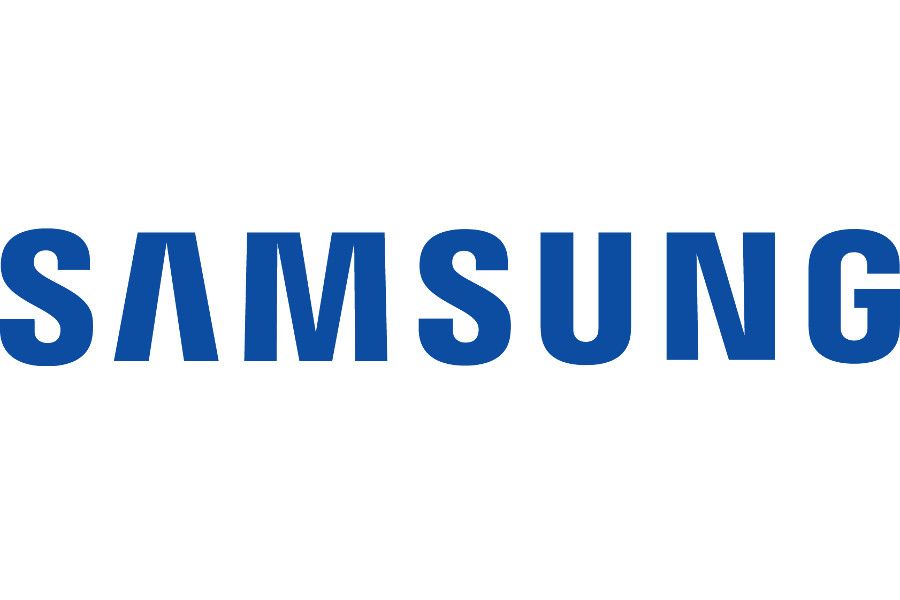KT and Samsung to Expand Public Safety LTE Network Coverage in South Korea

Samsung Electronics announced that it has signed an expansion contract with KT Corporation (KT) to provide public safety (PS-LTE) network solutions based on 3GPP standard Release 13 for 10 major metropolitan regions in South Korea including Seoul by 2020. In addition, the two companies will be delivering the world’s first Narrowband Internet of Things (NB-IoT) service through the PS-LTE network.
This marks the third project in which KT and Samsung’s Networks Business unit have partnered on PS-LTE network deployments. The two previous projects were the world’s first PS-LTE network throughout Gangwon (Pyeongchang) province of South Korea using 700MHz based on the 3GPP standard in 2016 (Link), and the 2017 delivery of LTE-Railway service on a high-speed train traveling at up to 250 km/hour (155 mph) using MCPTT solutions for the first time (Link). The two companies are now aiming to expand PS-LTE network further into the metropolitan areas around the country, including Seoul, Gyeonggi, Gangwon, Jeolla, Gyeongbuk and Chungnam provinces.
“Samsung is thrilled to see such a significant achievement in the country’s public safety where our continuous efforts and innovation on technology have advanced the safety of the world,” said GY Seo, Senior Vice President and Head of Global Sales & Marketing, Networks Business at Samsung Electronics. “Samsung is honored to take part in this important mission with KT by providing PS-LTE solutions that will ensure seamless and stable connectivity across the nation.”
“By acquiring innovative wireless communications from Samsung, we are able to aid in life-threatening situations where data traffic is severely congested or connection is completely out of reach,” said Yoon-Young Park, Senior Executive Vice President and Head of Enterprise Business Group at KT. “These first-of their-kind networks help responders connect with those in need.”
In addition to LTE radio base stations that support 700MHz, Samsung is providing KT with virtualized core and the latest features of PS-LTE based on the 3GPP standard. Some of the key features include MCPTT solutions, RAN Sharing, evolved Multimedia Broadcast Multicast Service, Public Network IoT based on NB-IoT, Isolated eUTRAN Operation for Public Safety (IOPS), and device to device (D2D) network solutions.
D2D and NB-IoT play crucial roles in creating public safety network by ensuring stable, seamless, and reliable network in unfavorable environments. For instance, D2D allows direct and undisrupted communications between any two devices without traversing radio base stations or core network even in areas where bases stations are not provided.
For the first time, NB-IoT is applied to the public safety network to help prevent natural disasters like fires as hundreds of IoT sensors are deployed to sense even the smallest size of embers or people that have been stranded in remote areas of mountains that are hard to spot in general.
Newly Applied PS-LTE Key Features
| Technology | Description |
| Device-to-Device (D2D) | Direct communication between two devices without traversing the radio base station or core network |
| Isolated Operation Public Safety (IOPS) | A feature that provides dedicated network for coverage holes such as mountainous regions |
| Narrow band IoT (NB-IoT) | NB-IoT, in contrast with 4G LTE that utilizes bandwidth of 10~20MHz at a time, uses a narrow bandwidth of 200KHz. Using millions of sensors, NB-IoT technology applied in the public safety network improves monitoring capabilities for tracking locations and catching scenes that are hard to be recognized by human |
| Mission Critical Push-To-Talk (MCPTT) | A technology defined in the 3GPP standard that allows public safety agencies to leverage LTE technological advancements for mission-critical communications
※ MCPTT, which has been verified of its capabilities from LTE-R is being applied to PS-LTE for the first time. |
| LTE Broadcast (eMBMS) | A feature which allows real time feeds to hundreds of devices simultaneously. It enables thousands of devices to be connected at once to transfer video, images and voice simultaneously using multicast technology |
Source of information
Samsung & Profibusiness.world
Date
15.05.2019
Translator
ProfiBusiness.world
News and information
Agriculture
Animals and pet supplies
Automotive
Banking and insurance
Boats and shipping industry
Building and architecture
Business
Education
Electrical industry
Electronics
Engineering
Environment
Finance, taxes and accounting
Flowers and plants
Food and beverage industry
For companies
Forestry and wood processing
Furniture
Gastronomy and hotel industry
Glass, ceramics and porcelain
Healthcare and pharmacy
Hobby and garden
Home and household goods
HR
Hygiene, drugstore and cosmetics
Charity and social responsibility
Chemical
Institution
IT and computers
Law and legislation
Management and certification systems
Minerals
Office
Packaging and packaging technologies
Paper industry
Plastic and rubber industry
Power engineering
PR and marketing
Printing and printing technology
Railway industry
Real estate
Safety, security and protection
Science and research
Social services
Sport and relax
Steel and iron processing
Telecommunications and the internet
Textile and leather industry
Tourism
Toys, games and entertainment
Transport and logistics



